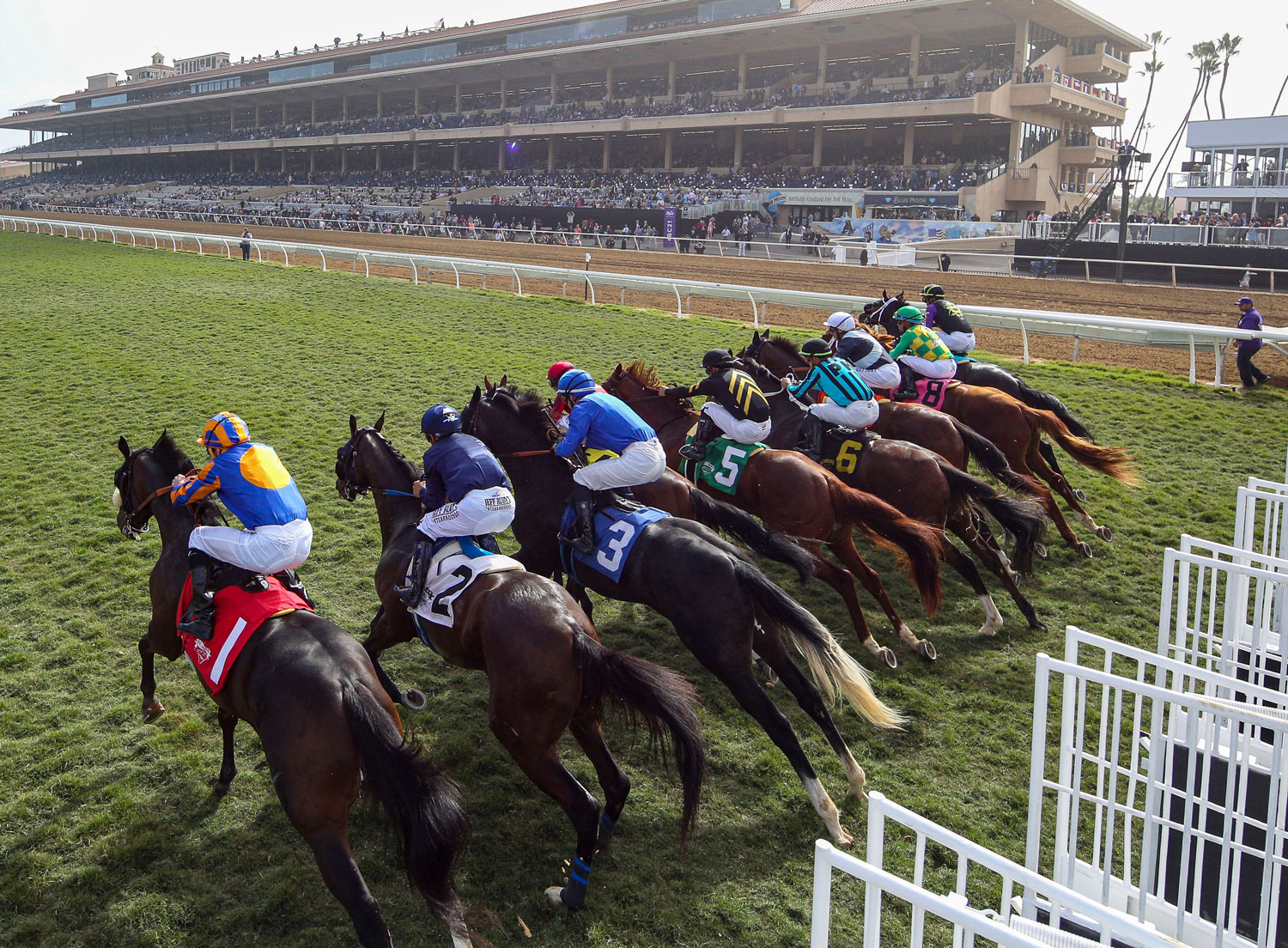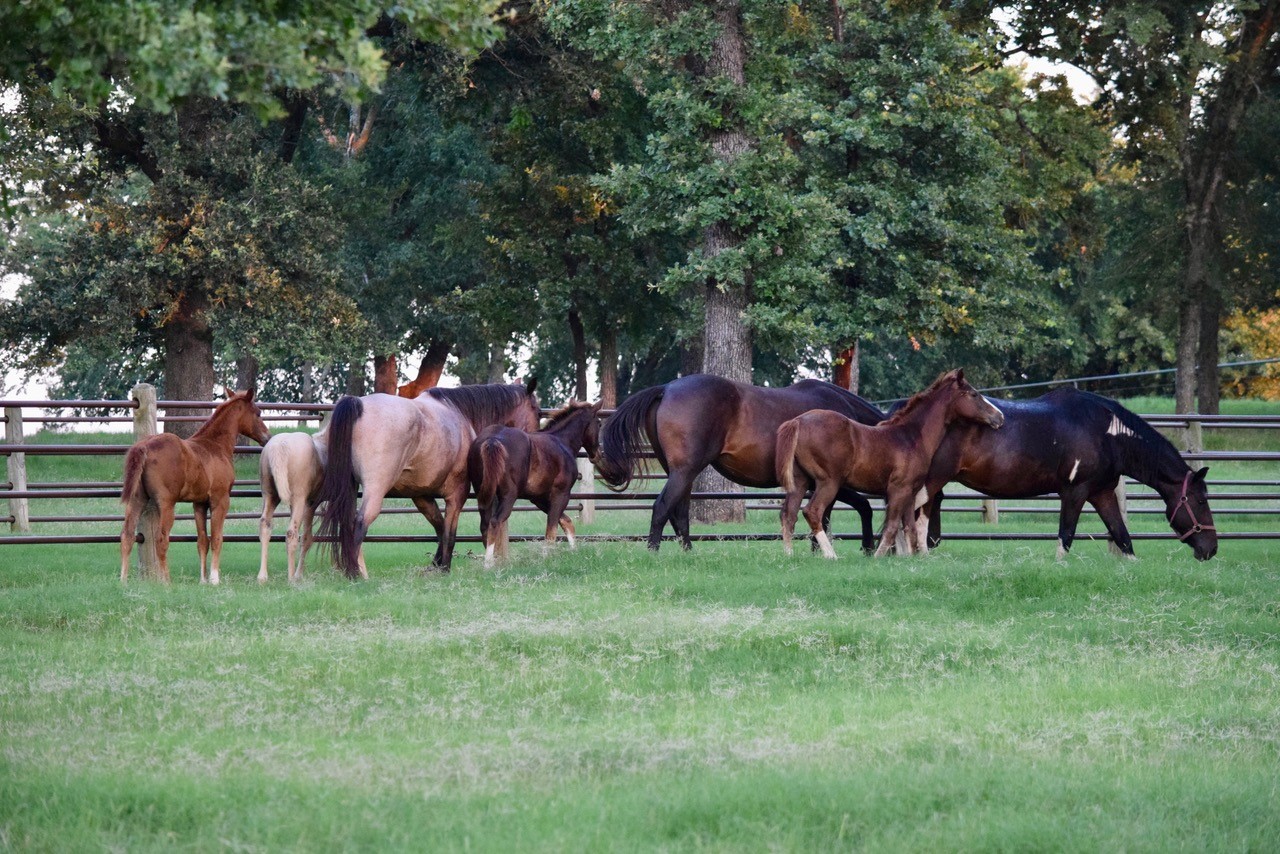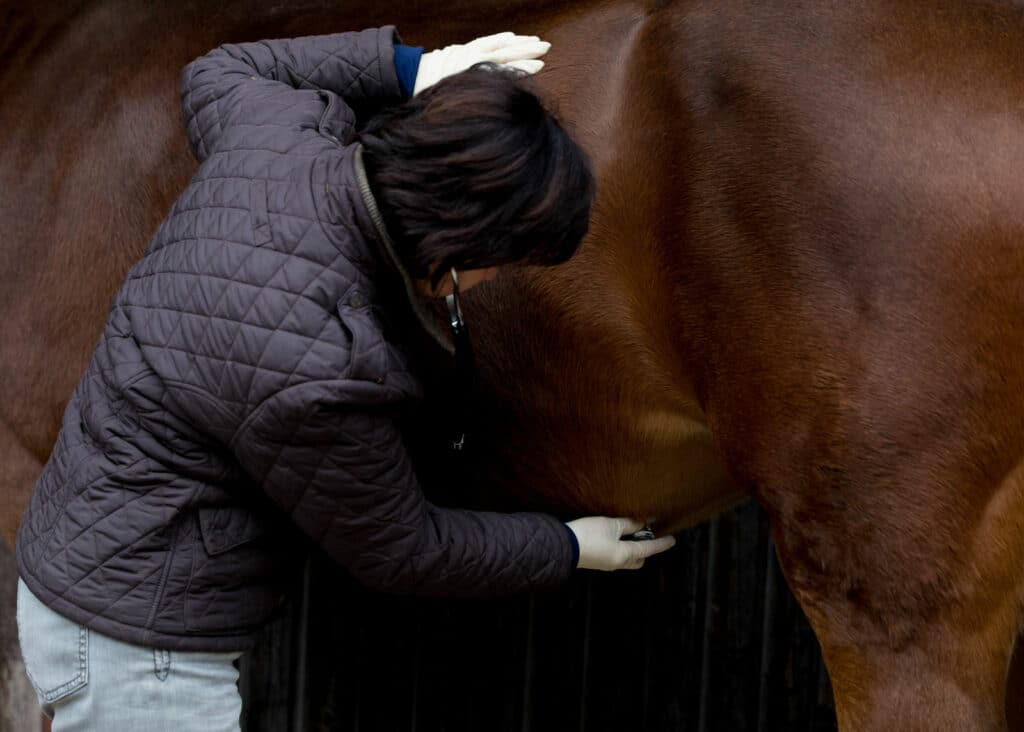If you’ve been following our series on Show Season Health, you probably have a better idea of how to mitigate the stresses of traveling so that your horse arrives at the showgrounds in tip-top condition. But what happens when you get there? It’s easy to get swept up in the pre-competition frenzy of registering and mentally preparing for the event, but it’s critical to pay close attention to your horse’s health so that he’s ready to go too.
Do Your Research on the Barn Environment
Caring for your horse at a horse show, race or other competition should closely mimic your everyday routine. In order to do that successfully, it’s essential to plan ahead. Call the showgrounds and ask a few questions about the environment during a typical show or competition, including:
The type of stabling available, including stall size and type. Is bedding available? If so, what kind and how much?
Typical barn routines. Are the lights on all night? Do manure conveyor belts or ride-on cleaning machines move through the barn aisles?
Ask about stall amenities, like bolts to hang water buckets from, hay mangers, feed buckets or other additions.
Just as preparing your horse to travel includes loading, unloading and practice rides, it’s important to recreate the experience of a horse show or other competition at home. This way, once you get to a real event you can focus on the task at hand.
Pay Close Attention to Hydration
Horses lose an estimated 2-5 pounds of body weight for every hour spent traveling in cool weather. Hot or humid weather further exacerbates travel-related weight loss so it is important to make sure your horse is as hydrated as possible on the road
Because horses frequently refuse to drink during travel, (which can lead to impaction colic), it’s even more important to rehydrate when they’re safely settled in a stall. If you read Part 2 of our Show Season Health series, you’ll probably already have your own feed and water buckets to use — which is key in helping your horse settle in. You might also consider bringing a salt or mineral block for your horse’s show stall, or simply feeding him one tablespoon of salt per day.
Maintain Your Normal Feeding Schedule
Sticking to your normal feeding schedule on the road and at the show is very important. Bring enough feed, chaff, hay and supplements to last the duration of your time away from home, or call ahead to find a feed store that will deliver what you need. Keep in mind that it’s impossible to quality-check hay before arriving, so plan to bring at least enough to help your horse adjust to the new hay. And remember — just because it’s convenient, you shouldn’t resort to feeding just twice a day. Consider giving your horse a treat during the day that will cause him to salivate: the saliva from an apple or a carrot helps to offset acid build-up in the stomach between feeds. It may take more effort, but the effort will pay off in the show ring.
Hand-Graze or Hand-Walk Your Horse to Mimic Normal Turnout
Horse shows rarely have turnout, but if your horse is used to regular grazing time, he may get grumpy or have a bad attitude from prolonged confinement. If feasible, take your horse out to walk or to a safe place to graze to promote good digestive health. And remember that stall vices and a bad attitude can sometimes be an indication of compromised digestive health, so evaluate carefully to be sure the signs you’re seeing aren’t an indication of a larger digestive problem.
Up Next in Show Season Health: Flying with Your Horse and Quarantine
As any national or international rider knows, flying with horses can be tricky. From takeoff/landing anxiety to dealing with quarantines and vaccination requirements, taking a horse on an airplane is a complicated business. Our next post will help you prepare your horse for travel by airplane, from feeding strategies, to acclimating. Subscribe to the SUCCEED blog to stay up-to-date with this series.



